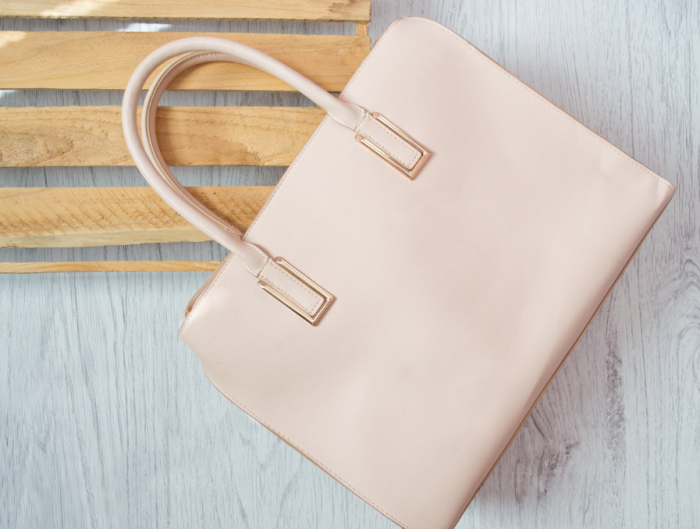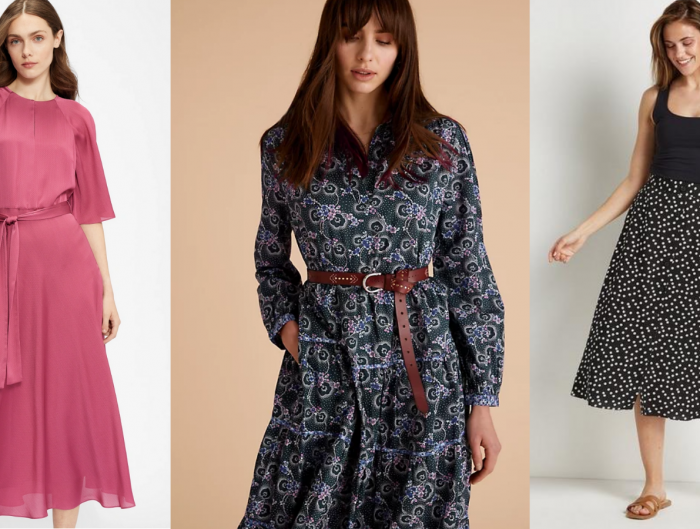5 GOLDEN RULES…
Summer is supposed to be fun, not a groan-worthy exercise in science, sun damage and skin cancer statistics, so let’s just get out there and make the most of it. But before you sprint for the door, if you’d like to save money on Botox and anti-ageing treatments, not to mention saving worrying about skin cancer (still growing fast, thanks partly to the bad tanning habits of the 1950s-80s), here are five simple suncare rules.
After all, as Annemarie Gillett, Non-Surgical Director at Transform Cosmetic Surgery, says, “Sun damage is one of the leading factors when it comes to ageing. Of those who visit Transform for Botox, two out of three patients have signs of sun damage, including lines, wrinkles, sunspots and pigmentation. It’s advisable to wear SPF20 on a daily basis, all year round, and higher protection when you’re in direct sunshine.” Fortunately, it’s never too late to make a difference.
- Remember that SPF numbers refer to how long you can stay in the sun without burning, so they only refer to protection from UVB-rays (or UV-Burning Rays). Accordingly, SPF15 gives you 15 times longer in the sun without burning than with no protection; SPF20 gives you 20 times longer, et., so choose your SPF according to your personal sensitivity. Incidentally, if you remember the 1970s when SPF15 was equivalent to a block, bear in mind that SPF-measuring methods have changed over the years (mainly so that SPF numbers gradually matched each other worldwide), which is why modern SPF15 is now the absolute minimum, not maximum, protection that you should use.
- Check the pack for each product’s star rating. This assesses its protection against UVA-rays (or UV-Ageing Rays) which penetrate deeper into the skin, but do less heat damage to its surface. Aim for at least 4-star protection, but 5-star is best.
- Don’t go outside, even to the postbox, wearing lower than SPF15-20 protection, and never sunbathe wearing lower than SPF25. If you’re burn-prone – or for the first few (untanned) days of any holiday – choose SPF30-SPF50 and remember that noon can account for 40 times more UV-damage than 9am.
- Reapply suncare every two hours or after every dip in the pool/wipe with a towel, because very few products are designed to last all day. Even waterproof formulations won’t withstand much towelling off.
- Always apply product carefully – and generously – so you don’t miss anywhere. Nivea Sun researchers found that the biggest problem is poor application, with one-third of those questioned burning every time they went in the sun, mostly because they skipped noses, ears, shoulders, backs of necks and feet. Aim to use 6 tsp per application – that’s roughly 1 tsp per limb.
High UVA protection products include: Garnier Ambre Solaire Sensitive Advanced Oil SPF50, £8, – La Roche-Posay Anthelios Compact Cream SPF50+, £19.50, – Murad Essential-C Sun Balm Broad Spectrum SPF35 PA+++, £19.50, – Vichy Ideal Soleil Face & Body Milk SPF30, £12.73, – Sun Smart Moisture Protect Mist, SPF30, £12 and Ladival Transparent Spray, SPF30, £19.99.

Did you used to sin in the sun? Cyndy confesses that her mother used diluted vinegar on her (gulp) when she was a child, while I remember my glamorous, perma-tanned grandmother getting out the silver foil for me when I stayed with her one summer. (I remained pitifully dough-coloured.) But we’d love to hear what you used to do please comment below!
[su_button url=”http://www.sosensational.co.uk/hair-and-beauty/beauty/” background=”#6c20b1″ size=”7″ center=”yes” icon=”icon: arrow-right”]Read more beauty advice here. [/su_button]




Leave A Reply